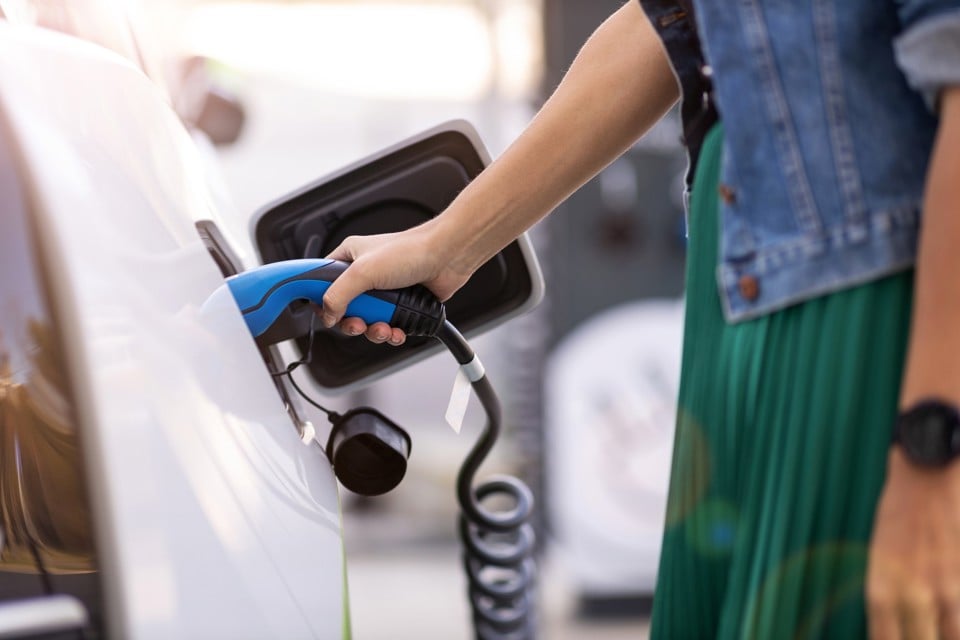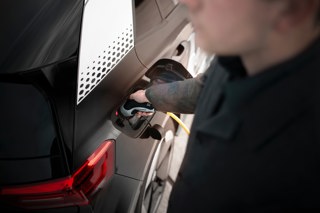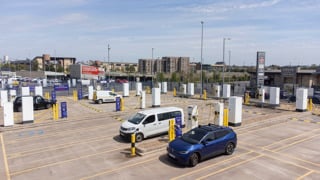Fleets are spending more time on managing the charging of electric company cars and vans in an effort to maximise operational efficiency and minimise costs, according to the Association of Fleet Professionals (AFP).
Whereas maintenance was traditionally the most onerous day-to-day managerial task facing many fleet managers, it has now been replaced by electric vehicle (EV) charging, says the AFP.
“In the last few years, maintenance has been the main everyday issue facing fleet managers,” explained AFP chair Paul Hollick.
“The fleet car and van parcs have been ageing at a fairly rapid pace while workshop capacity has been stretched and parts availability has been patchy.
“However, we now seem to be in a position where charging is taking over and there’s a wide variety of reasons for this. It’s not an exaggeration to say that charging is becoming the new maintenance in terms of the huge amount of attention it demands.”
The biggest problems are seen by businesses operating EVs where drivers have no home or depot charging.
“This means they are relying on the public infrastructure which, in its current state, presents a whole series of difficulties that fleet managers and their drivers are working to resolve every day,” continued Hollick.
“The first of these is simply accessibility. That means finding chargers where they are needed, hopefully not having to queue and also ensuring that the bays are large enough to take electric vans.
“Ticking these three boxes on a day-to-day basis is proving demanding for many of our members at this point in time.”
There is also a desire to minimise the cost of charging which, especially on motorways, can be prohibitive.
“There is a strong argument that the difficulties being encountered are very much a product of this moment in time, where the charging infrastructure is not yet up to the demands being placed on it,” said Hollick.
“However, that situation is likely to persist for several years to come and we don’t necessarily see life getting much easier for fleets and their drivers in the medium term.”
Where EV drivers have their own charging, life for fleet managers is easier but even that can bring its own issues.
For example, the AFP says that reimbursement is proving an issue, especially with the advisory electricity rate (AER) remaining too low for the majority of EVs and the actual cost alternative being quite difficult to calculate.
“Technical solutions are emerging for the latter but obviously have not yet been approved by everyone,” added Hollick.
“There is also the question of who should pay for installation of home chargers although, at the AFP conference, credible figures were quoted showing that the cost can be recouped by employers in a matter of a few months through the savings in charging costs, so that decision should be relatively easy.”
The AFP is working to support its members through these difficulties, sharing everything from best practice ideas to temporary solutions, and working on an updated version of its postcode charging map, details about which would be unveiled soon.
Hollick concluded: “Our members are working together closely on charging and it is very much an area that shows the practical value of being part of the AFP.”
> Interested in comparing electric vehicle data? Check out our EV tool.
> Interested in ensuring the efficient use of EVs. Check out our dedicated editorial sections: Insight & policy | EV news | Charging & infrastructure | Costs & incentives | Benefit-in-kind | EV case studies | EV road tests





















Login to comment
Comments
No comments have been made yet.